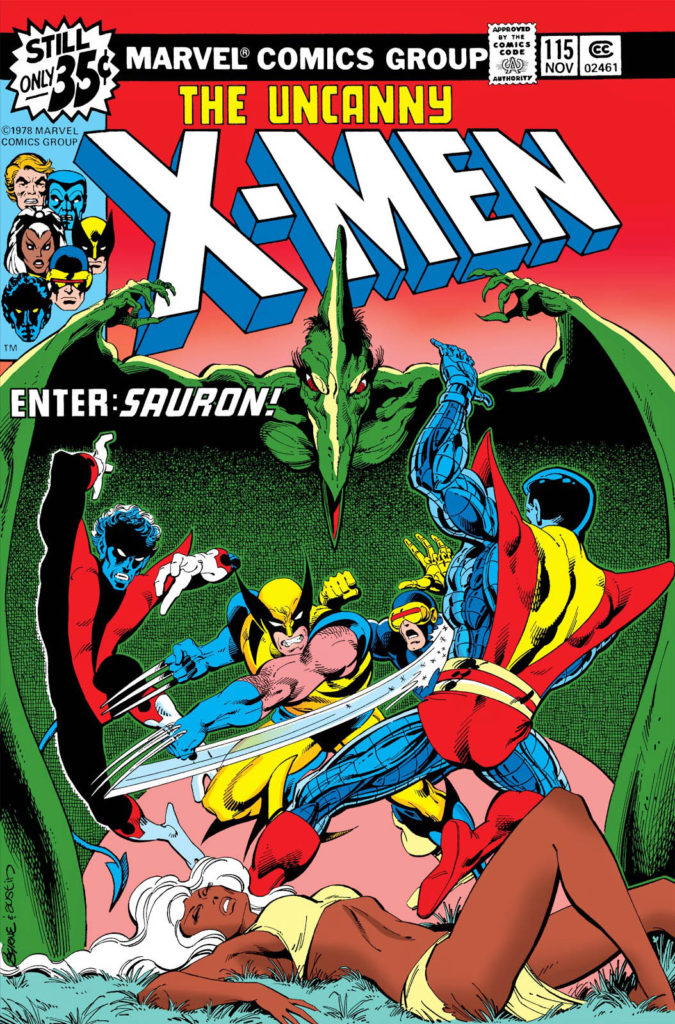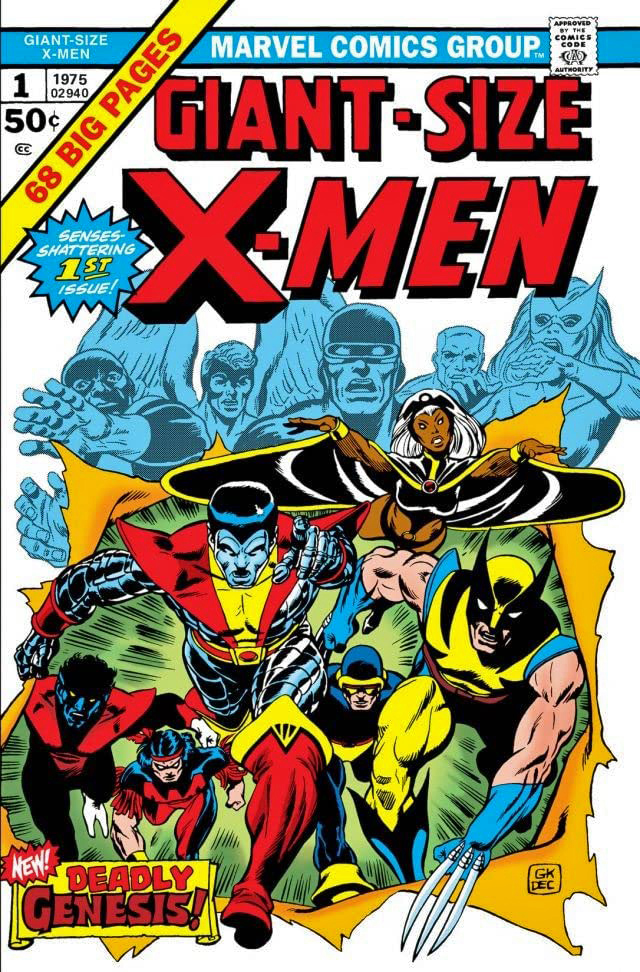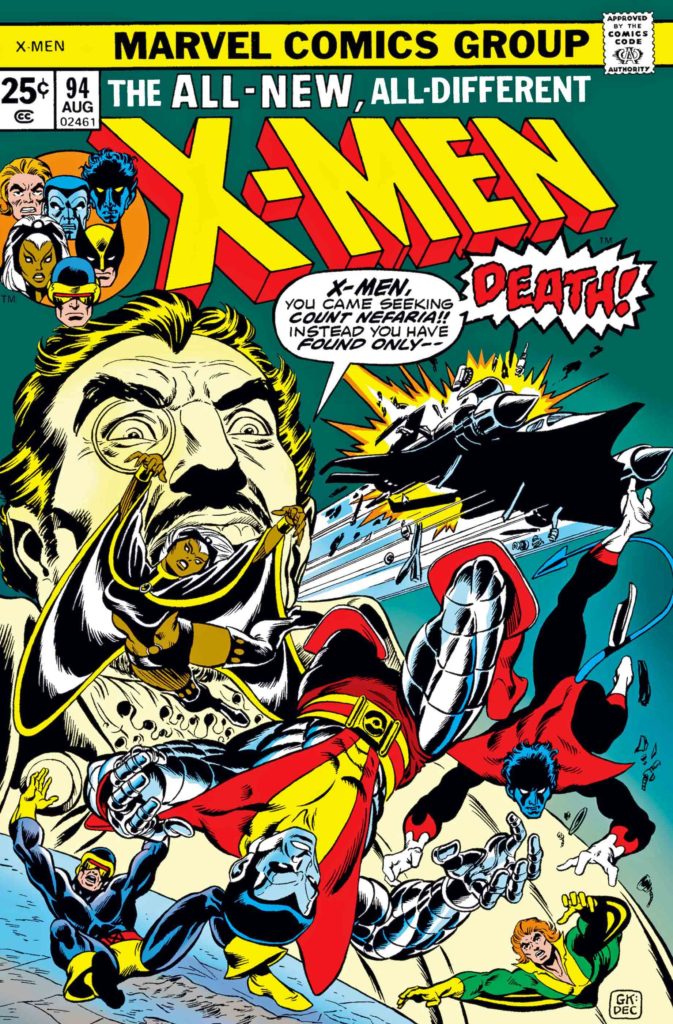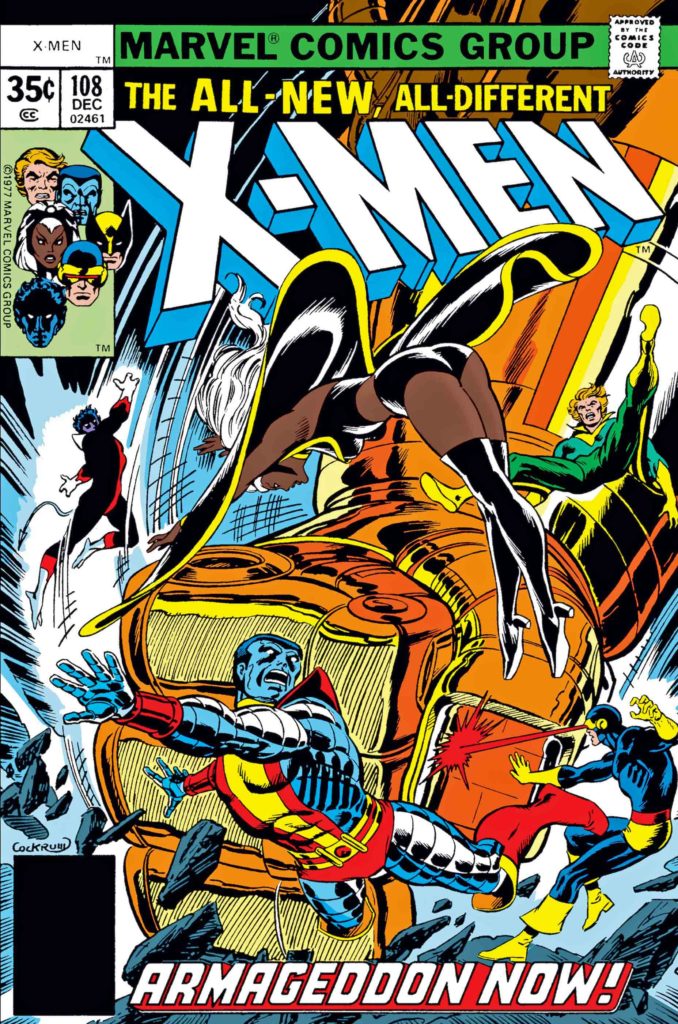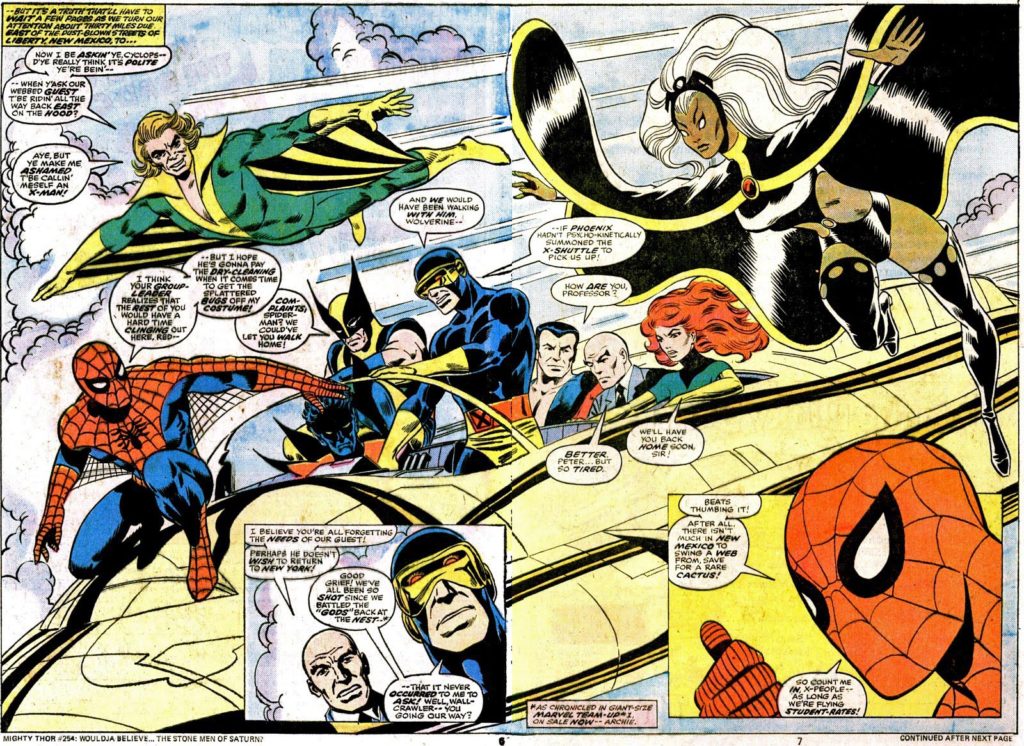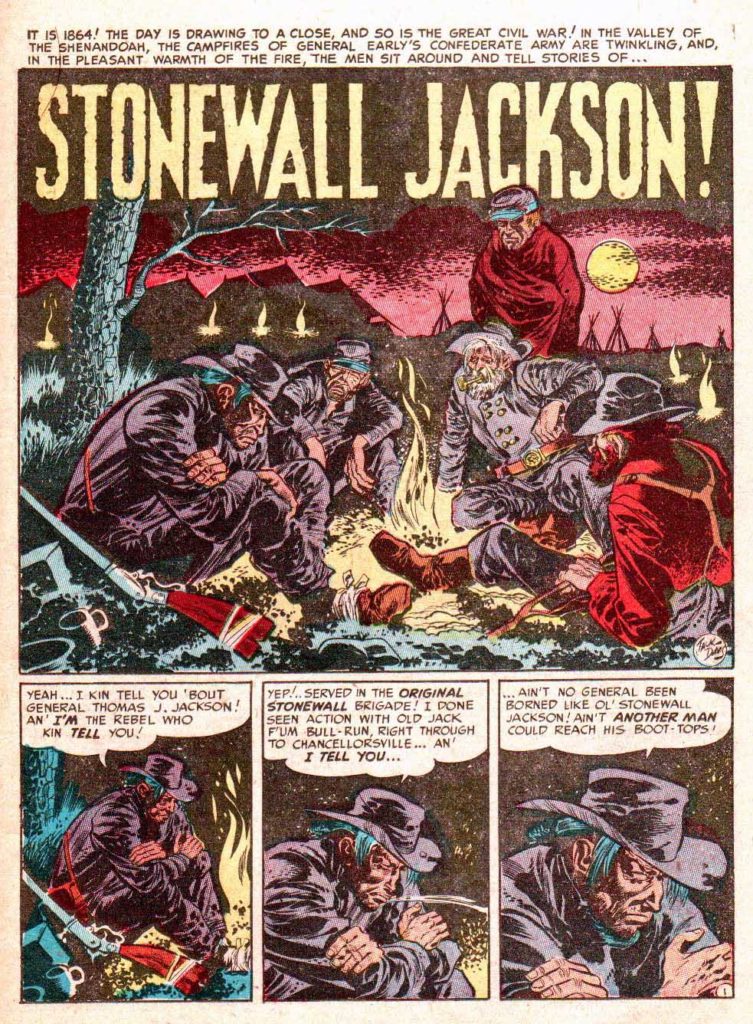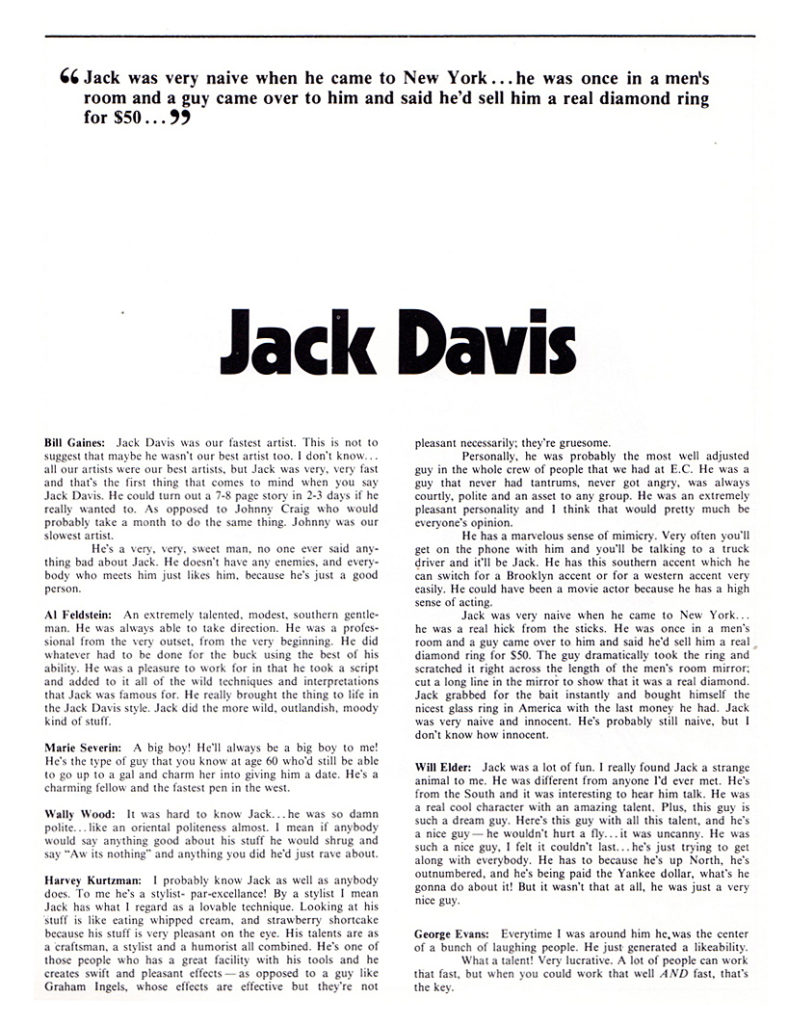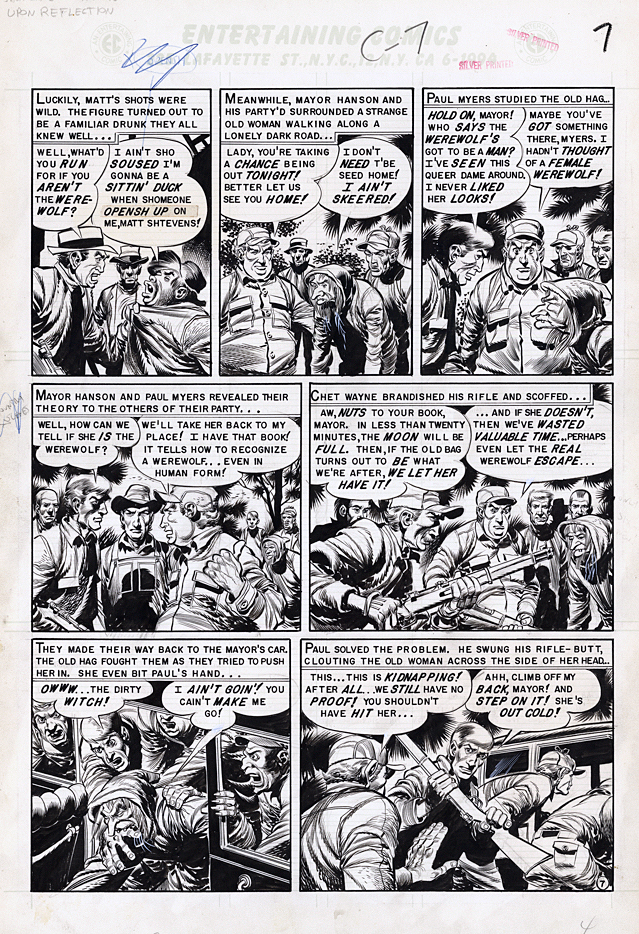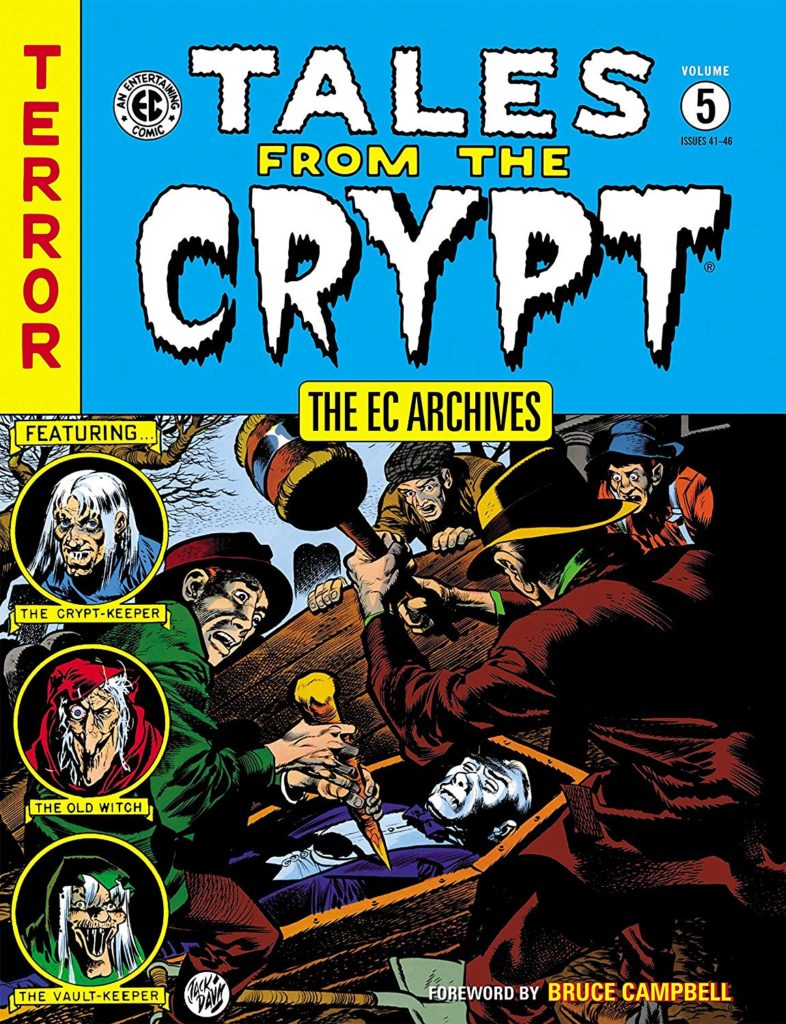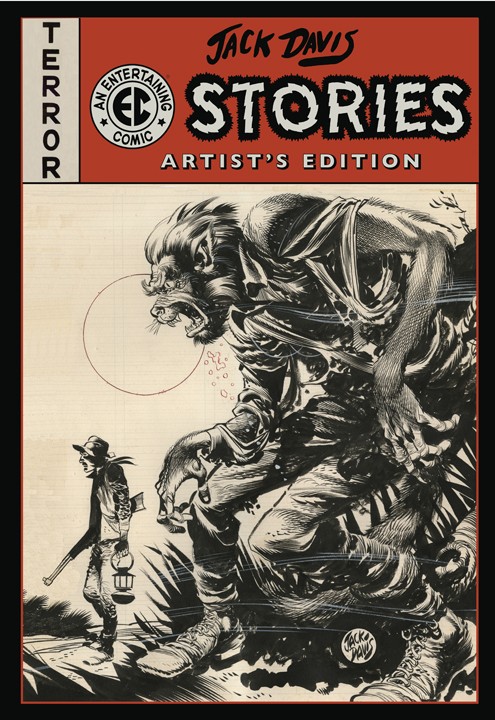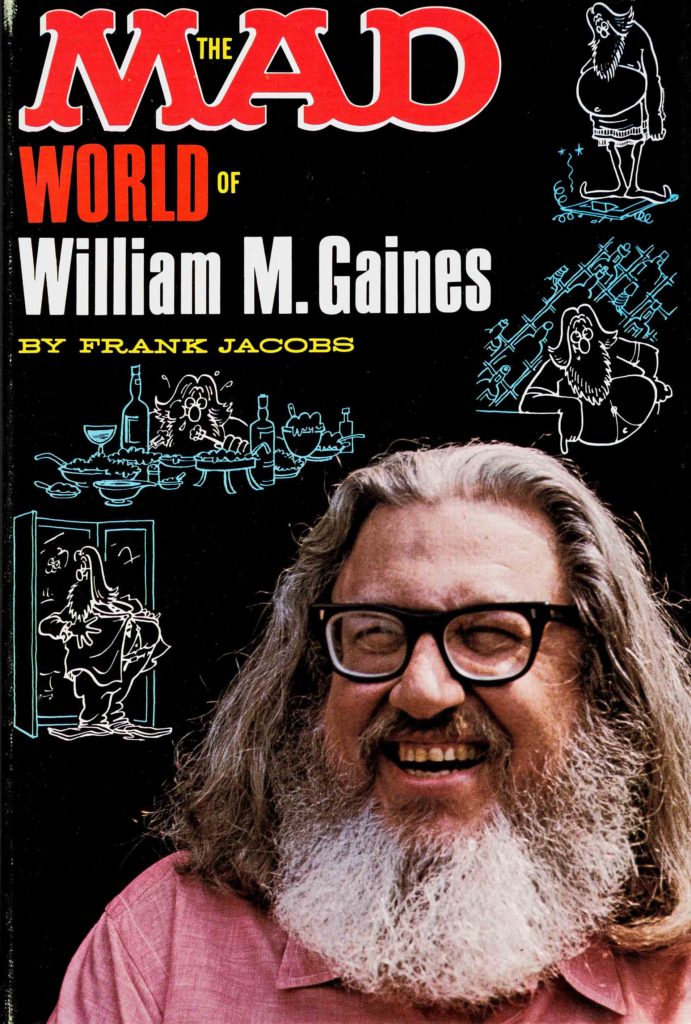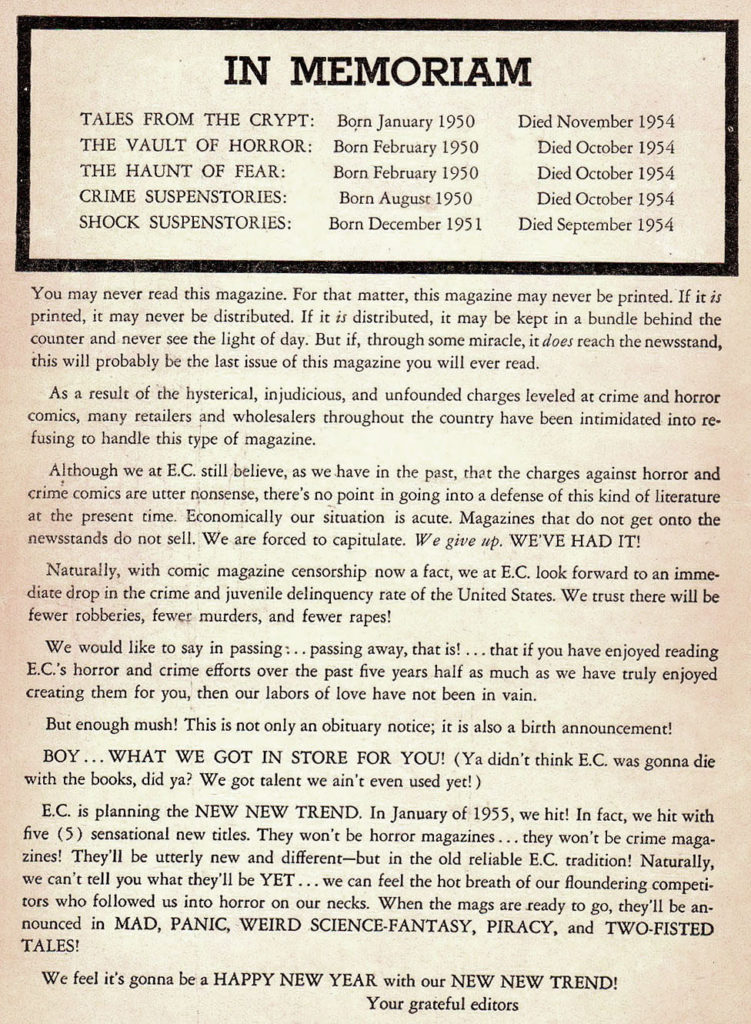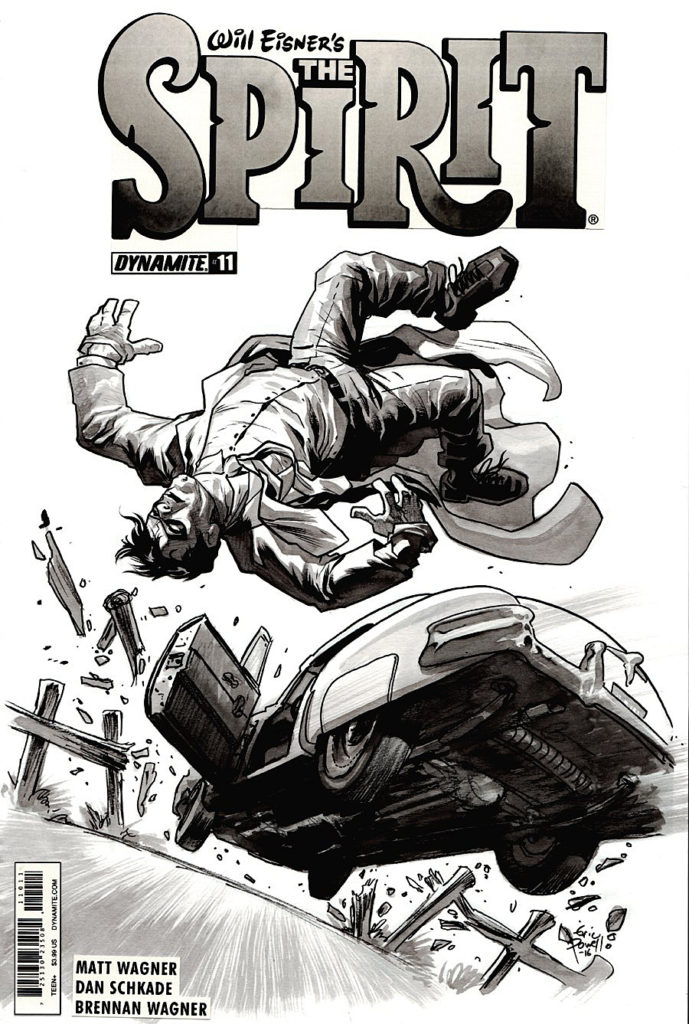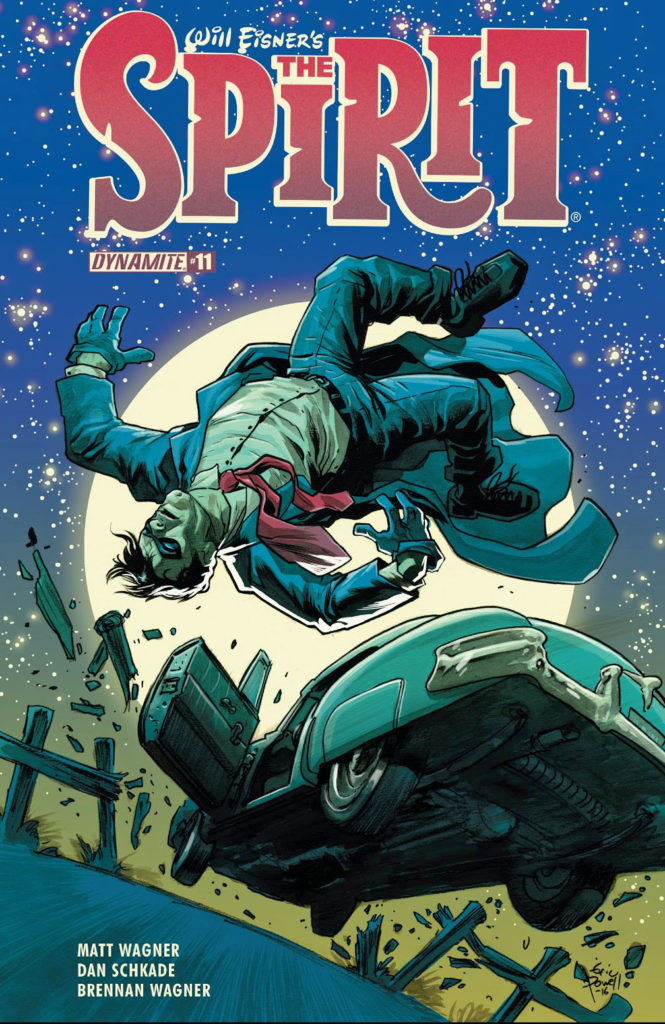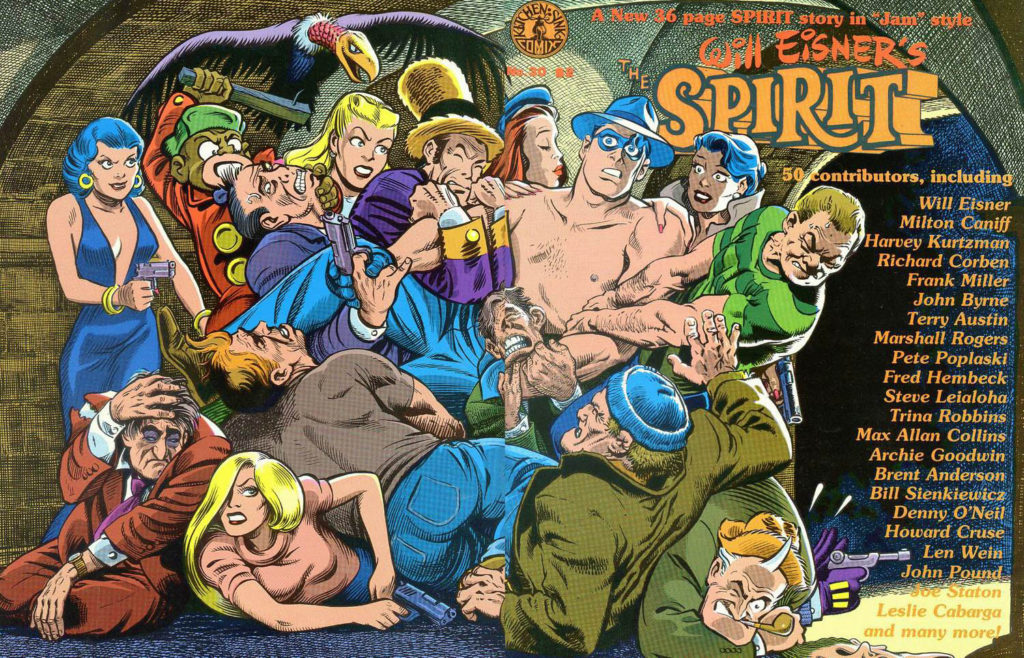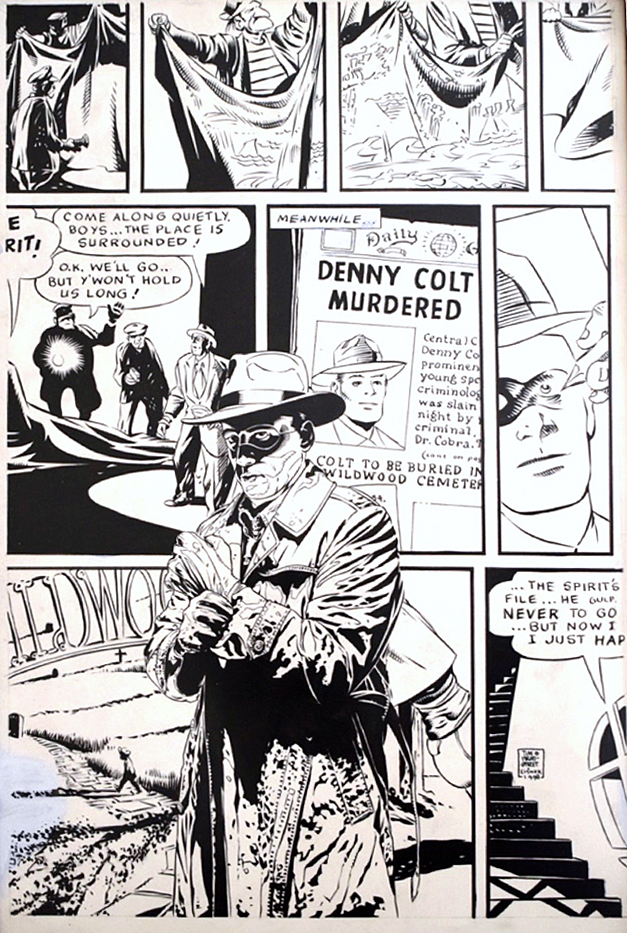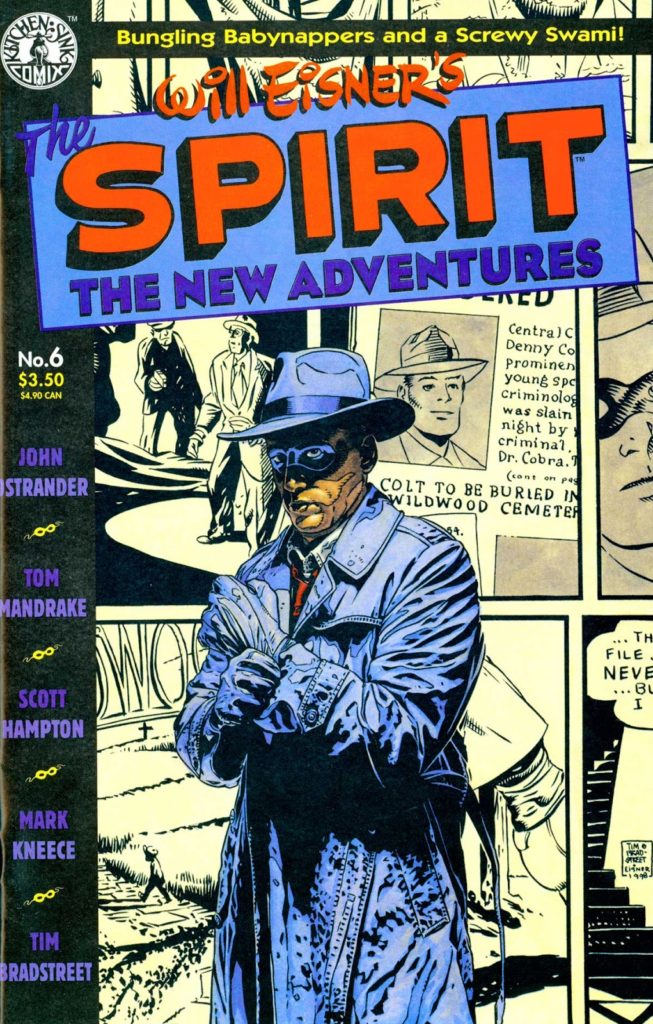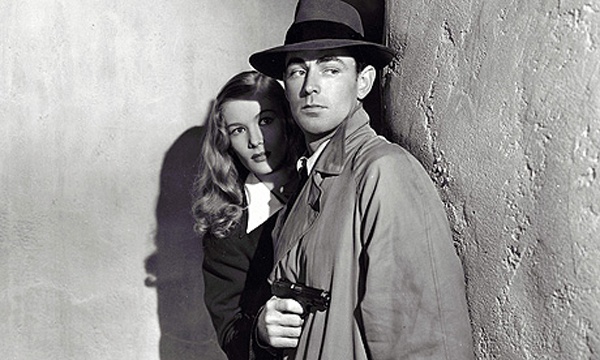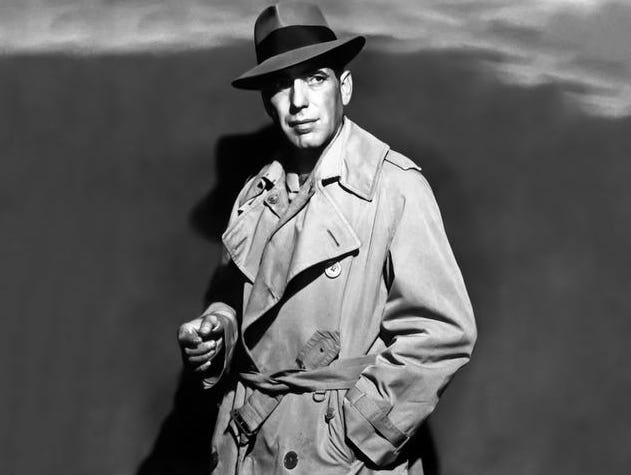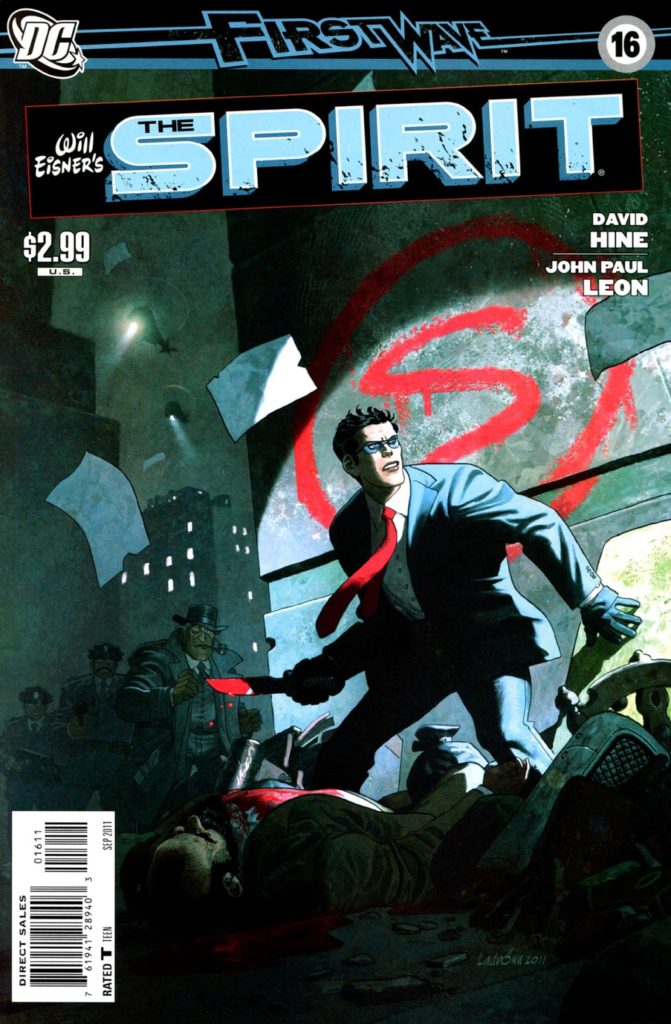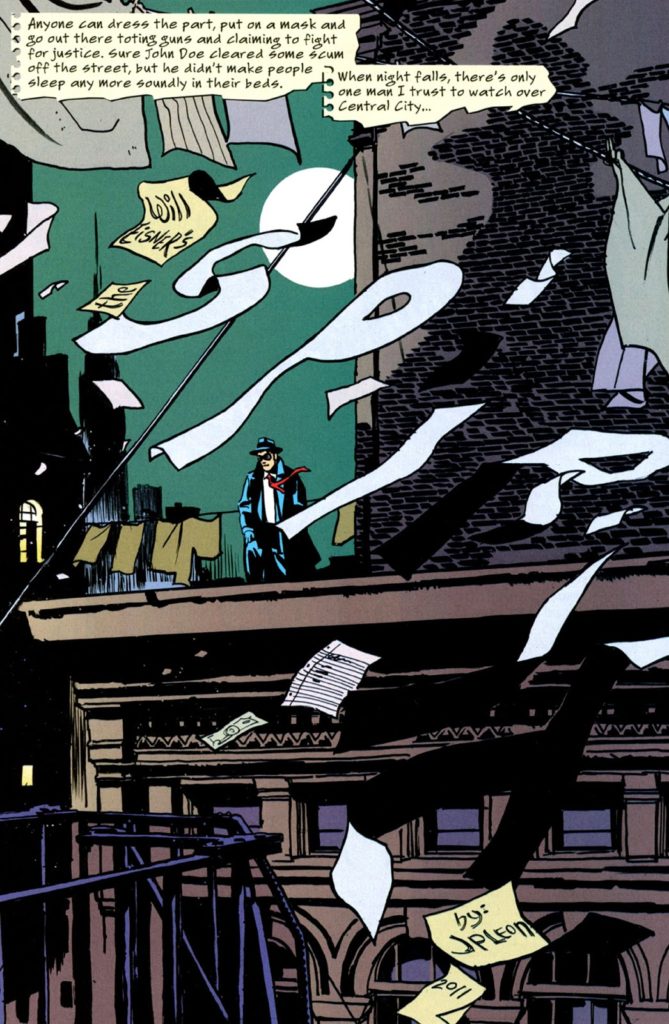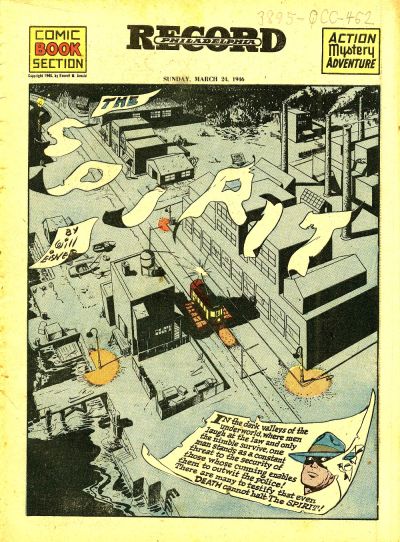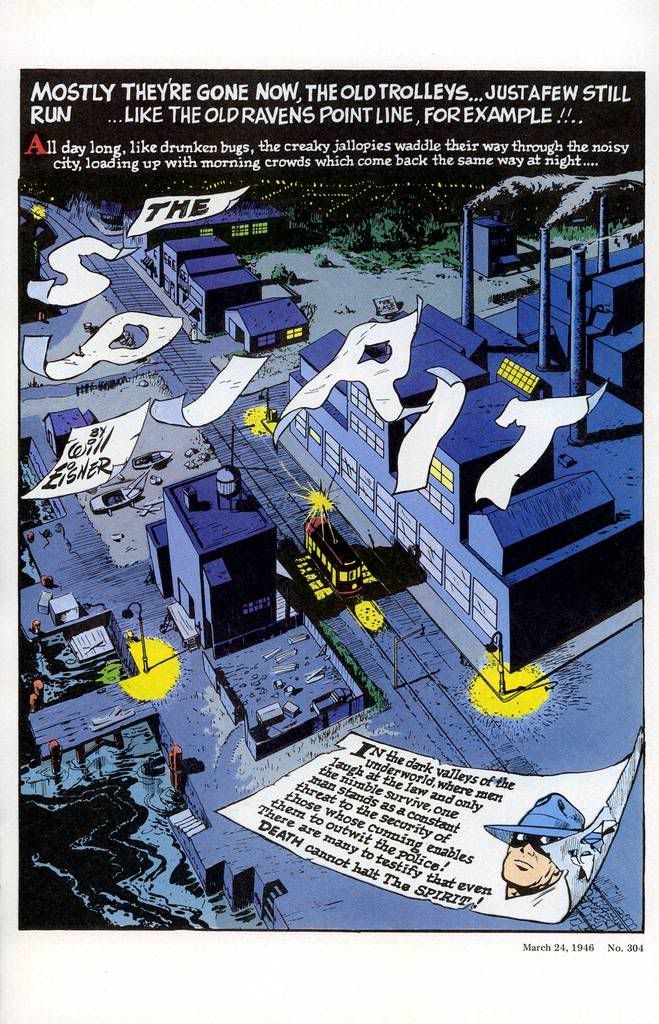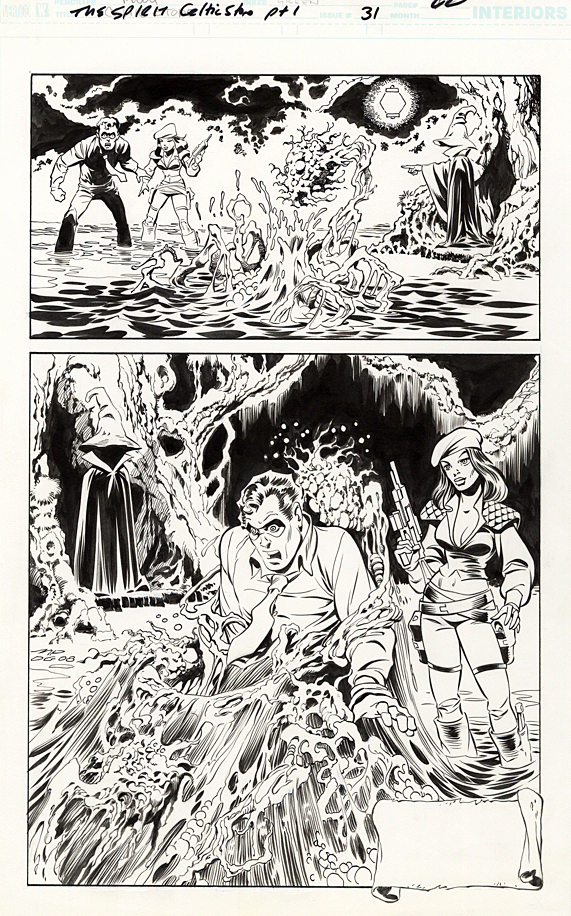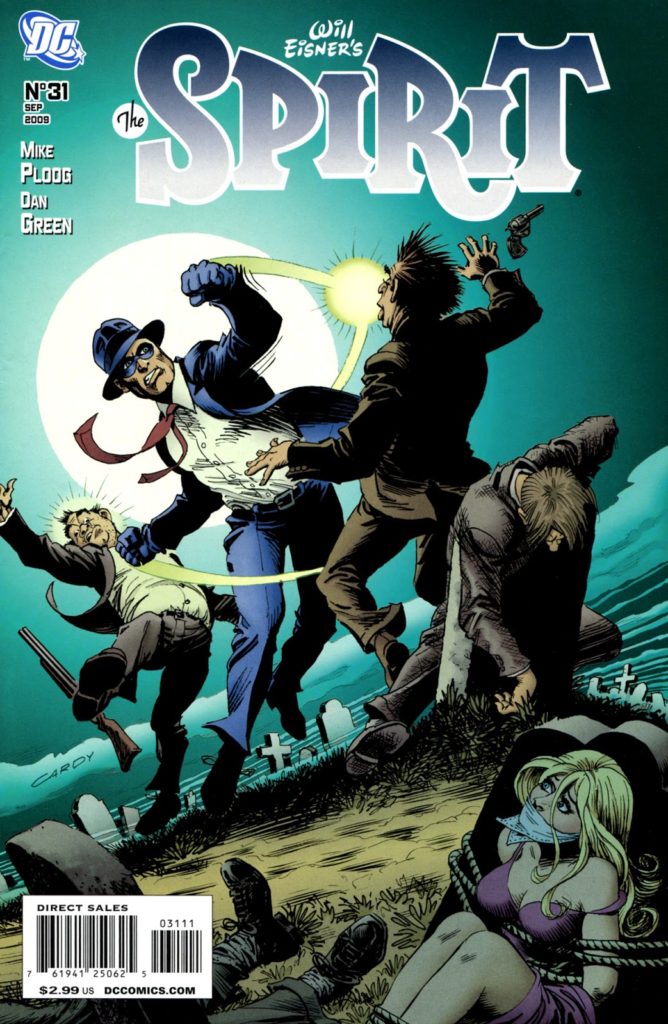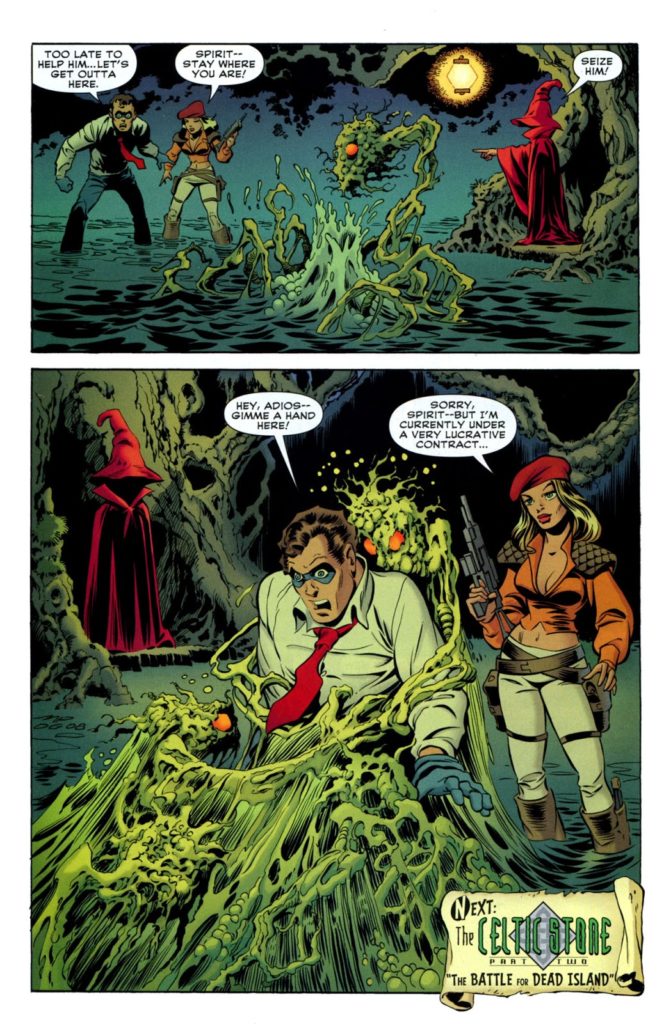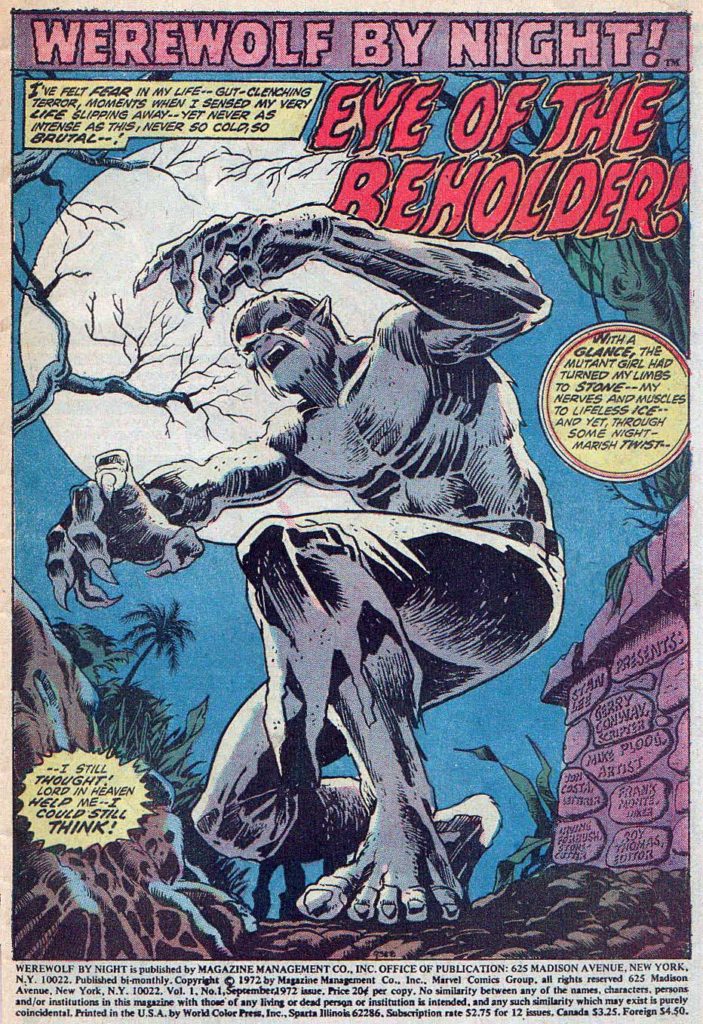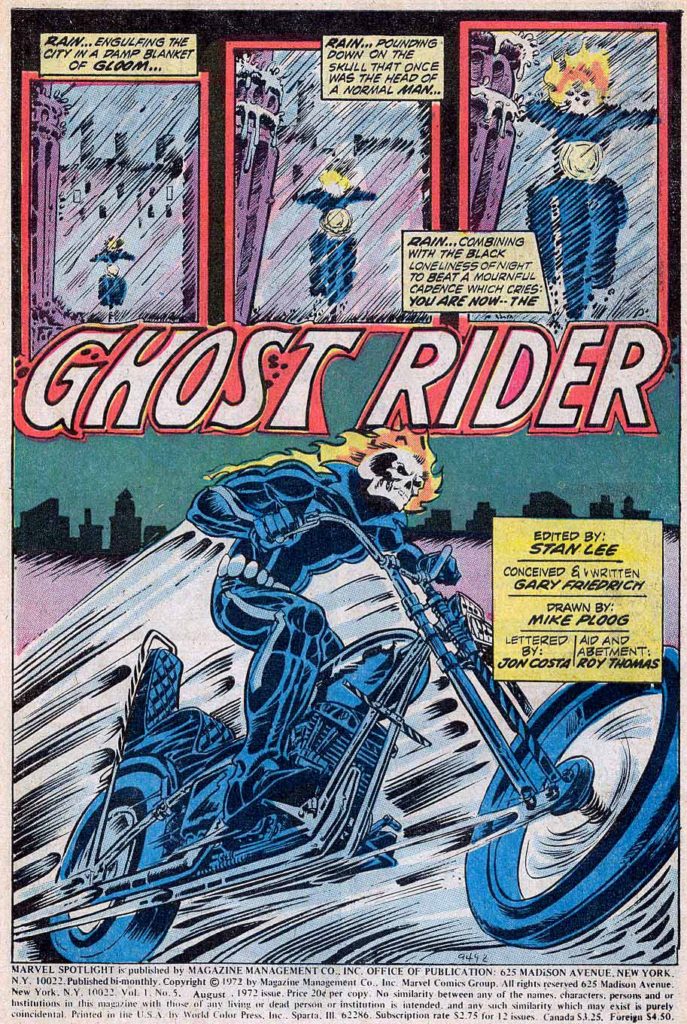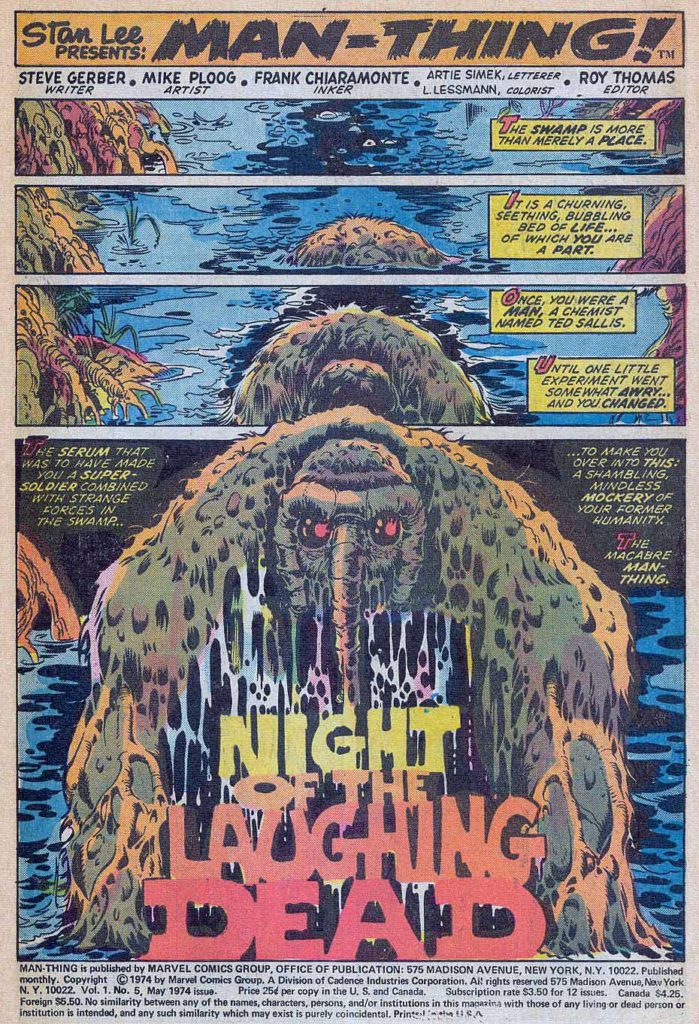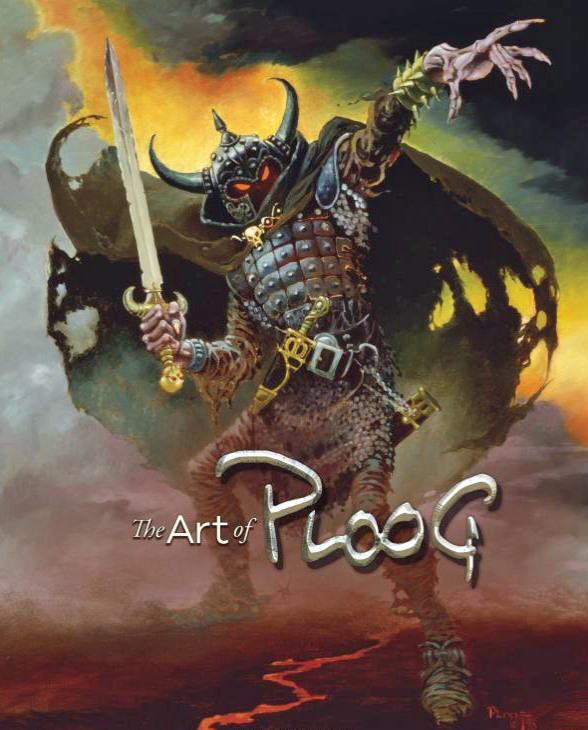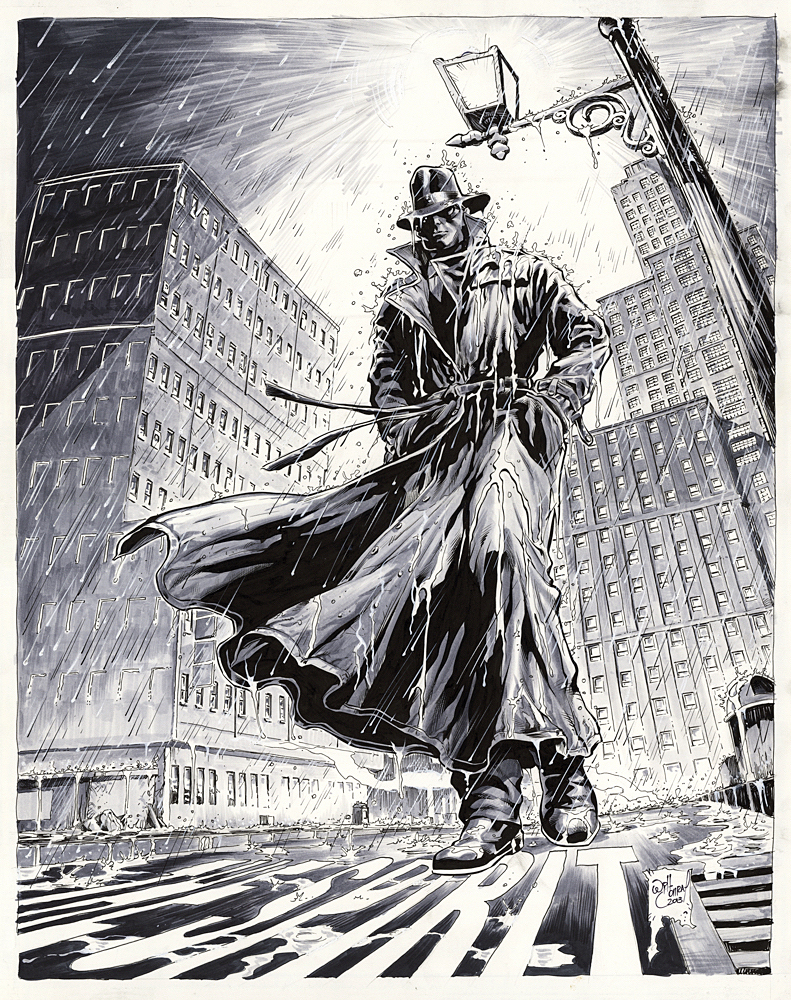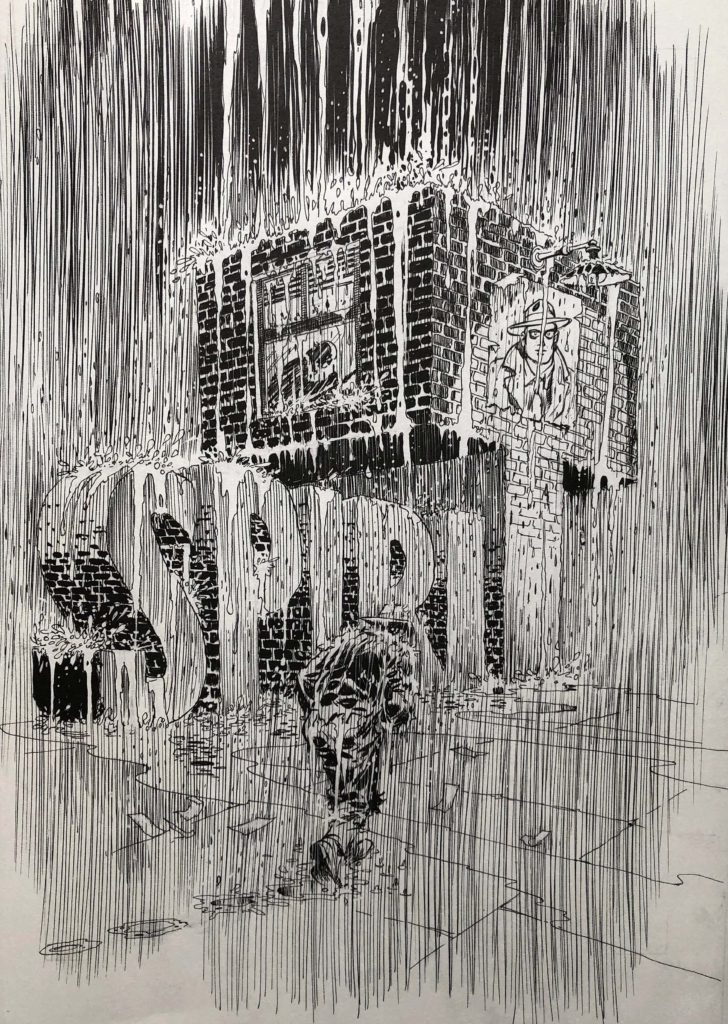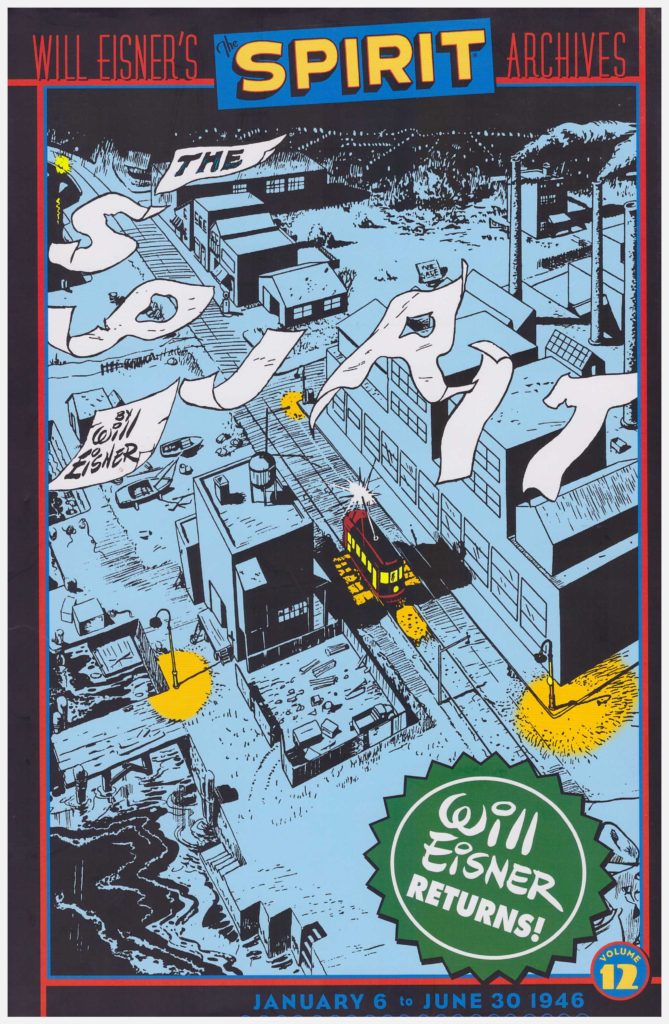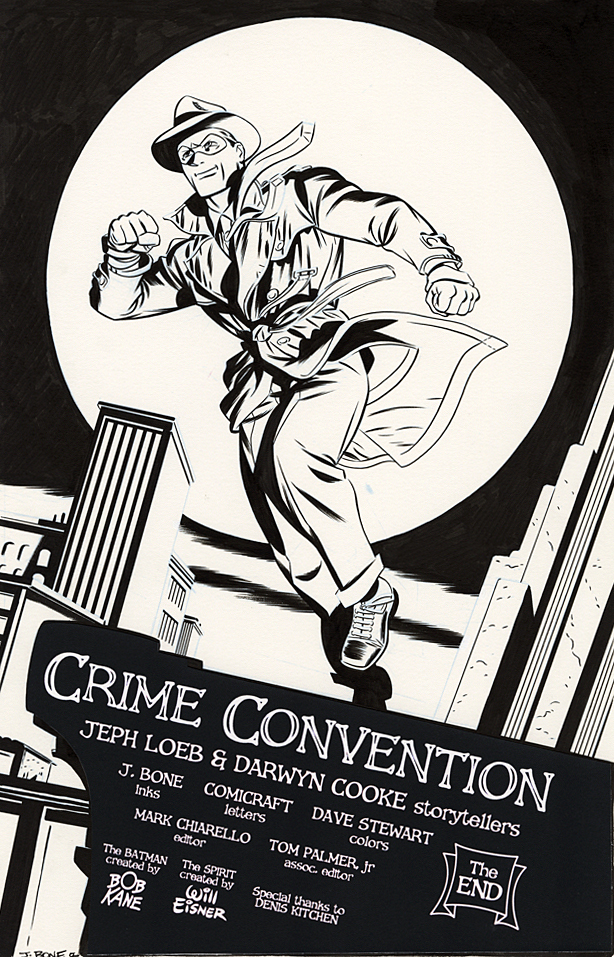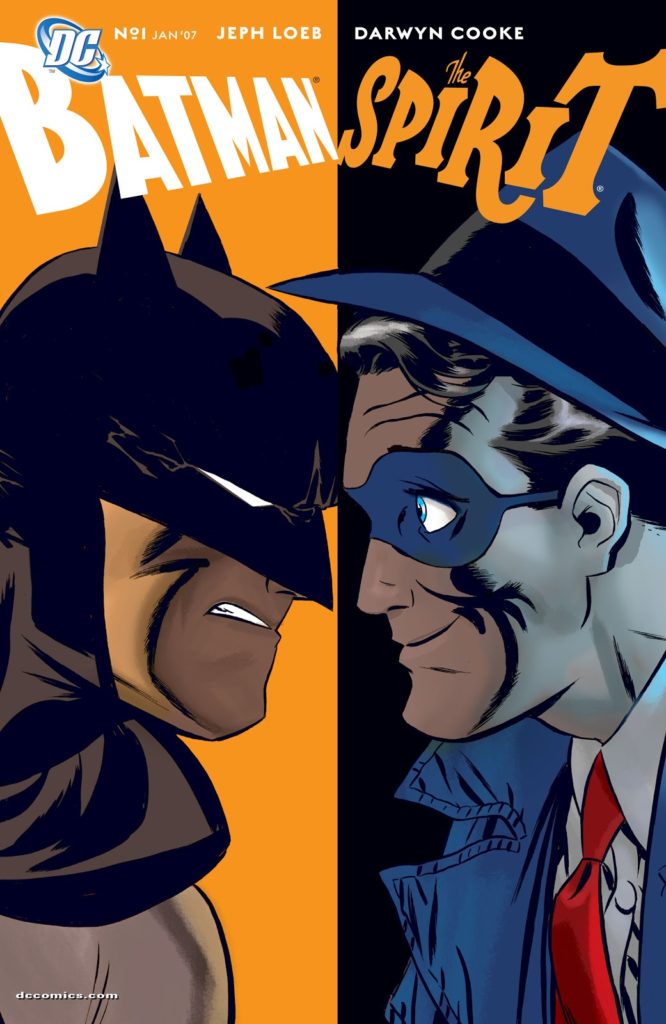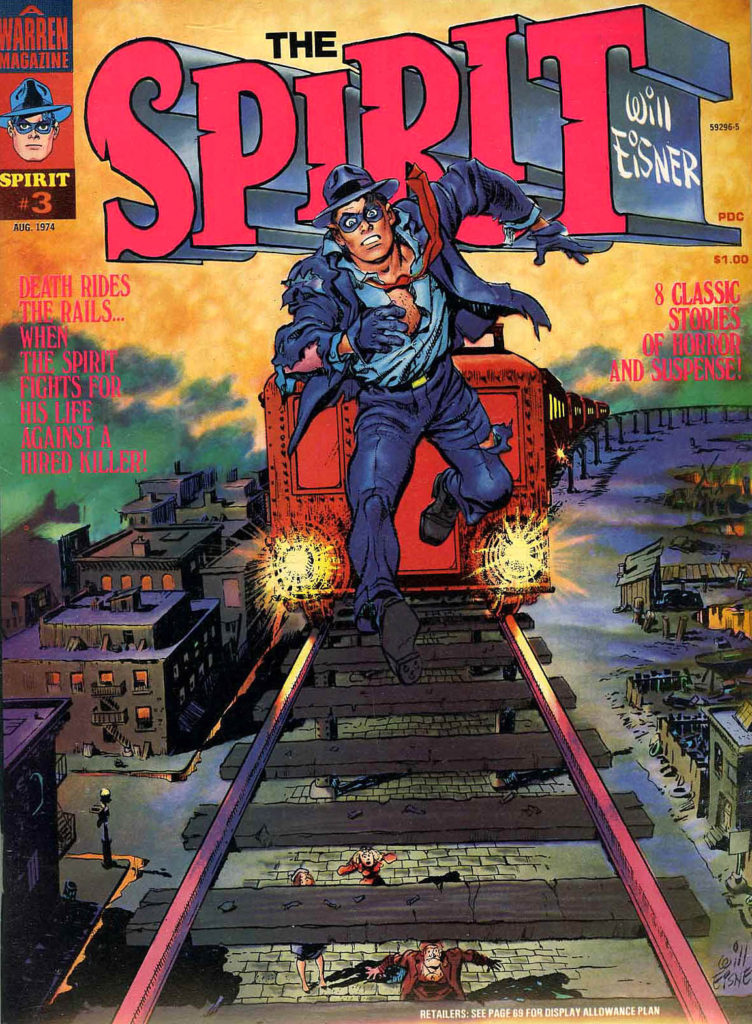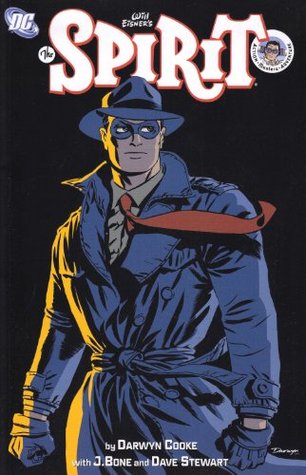John Byrne — X-Men Redux
X-Men #115 Re-Imagination, 2006 (Orig. Nov. 1978)
2020 is a big year for X-Men anniversaries.
It’s the 50th anniversary of the original title’s cancellation (Issue #66). It had struggled to find consistent commercial success or creative direction for much of its original seven-year history.
It’s the 45th anniversary of the X-Men’s “comeback” with the launch of Giant-Size X-Men #1, possibly the greatest rags to riches story in comics’ history. If anyone else can tell me where a book goes from cancelled to a company’s most popular title in less than 10 years, I’m all ears.
And, perhaps more importantly from a broader pop culture perspective, it’s the 20th anniversary of the X-Men film franchise from Fox, which concludes forever in a short while with the release of the problem-plagued New Mutants. (Postponed many times, it was most recently scheduled for an April 3 theatrical release, and has now been indefinitely delayed because of the COVID-19 outbreak.)
The first X-Men film launched 8 years ahead of the MCU, and in my mind, established what a Marvel film could do in terms of both creativity and commercial success. It paved the way for what was to come.
Meanwhile, we have this great commission by John Byrne.
John Byrne. X-Men. Not much to add here except a few details.
This is a Byrne re-imagination (as John calls them, I believe) of the cover of X-Men # 115 featuring the dinosaur villain Sauron. The re-imagination is more dynamic and dramatic than the original, which was only John’s third cover on the book. Dave Cockrum had a few in the can when Byrne took over art duties on issue #108.
Byrne’s commissions can be found easily through a Google search and there a lot of great ones — at sizes up to 30x 40!
Unfortunately, John’s not doing much if any in the way of commissions right now as he is spending time on his X-Men fan fiction (his phrase) but if you want to keep fingers crossed that he will take them up again, you can contact his art representative, Jim Warden.
